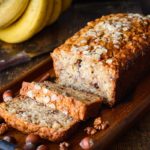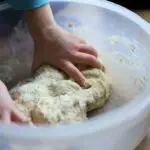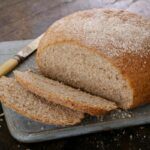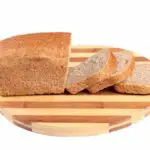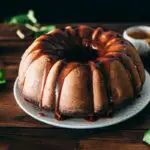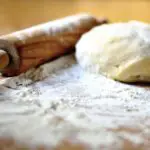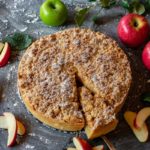Baking bread may seem like an easy task to do, as you only need a few ingredients and a bit of time. The smell of homemade bread is incredible. However, even if you bake bread regularly, it can easily go wrong for many reasons.
A common issue a lot of bread makers come across is the fact that their bread has become too dense. The main reason for this issue is due to using low protein flour or adding too much flour overall.
In this article, we will be delving into why your bread is dense.
Why Is My Bread Dense And Not Fluffy?
When your bread is dense, this can be a result of your bread dough not producing enough gas. Or the gas that is produced isn’t enough and is not retained within the gluten strands.
However, bread can become really dense due to too much liquid being added. Adding too much moisture is a common problem for anyone working with whole wheat flour.
With bread dough, you have to knead the dough so that it will rise. During the proofing stage, the gluten strands will stretch thin due to tiny air pockets of carbon dioxide that are produced by the yeast.
Although, if you use the wrong type of flour or add too much flour, then you could affect the texture of your bread, causing it to become dense.
However, overworking the dough will affect gluten development, which will then produce dense bread.
How Do I Make My Bread Less Dense?
If your bread is too dense, then the best thing for you to do is to start again.
Ratios
When it comes to bread making, you want to ensure that you have measured your ingredients precisely. Use measuring cups, to ensure you are adding the correct amount of flour and yeast to your mixture.
In addition to this, you want to try to use high-quality bread flour, to help you achieve a light and fluffy loaf of bread.
Also, you need to watch how much warm water you add to your dough. For proteins to produce gluten, they need to be hydrated, this is why we add water.
Yet, you need to be aware of how much moisture you are adding. Too much liquid will make your dough heavy, as the gluten cannot support the structure of the bread. In this case, a high-protein flour will be needed.
Type Of Flour
Using bread flour is better than all-purpose flour, as bread flour has a higher protein content. This means that the flour can naturally produce more gluten, for gas to get trapped within.
Certain flours, such as spelt or rye, produce quite dense bread as they don’t produce as much gluten.
Kneading
Kneading may seem like a boring task that takes up too much time, but it is a really important step that you never overlook.
How dense your bread is a result of how long you have been kneading bread dough. To increase the development of gluten, you want to knead for longer and harder.
Active Yeast
There are different types of yeast that you can choose to use. You can use instant yeast, dried yeast, or fresh yeast for baking bread.
However, all of these yeasts can go out of date, however, make sure you use the correct amount that your recipe asks for.
It is important that the yeast you are using is still activated. With sourdough bread, make sure the soughdough start is still active.
Otherwise, the bread will never rise, no matter how much you knead the dough. Therefore, you will produce a really dense and heavy bread.
Why Is My Bread Dense And Chewy?
There are some types of bread that are meant to be chewy. This includes bagels, focaccia, and baguettes.
However, if you have made a standard loaf of bread, that shouldn’t be chewy. If it is, then the cause is that the wrong type of flour has been used.
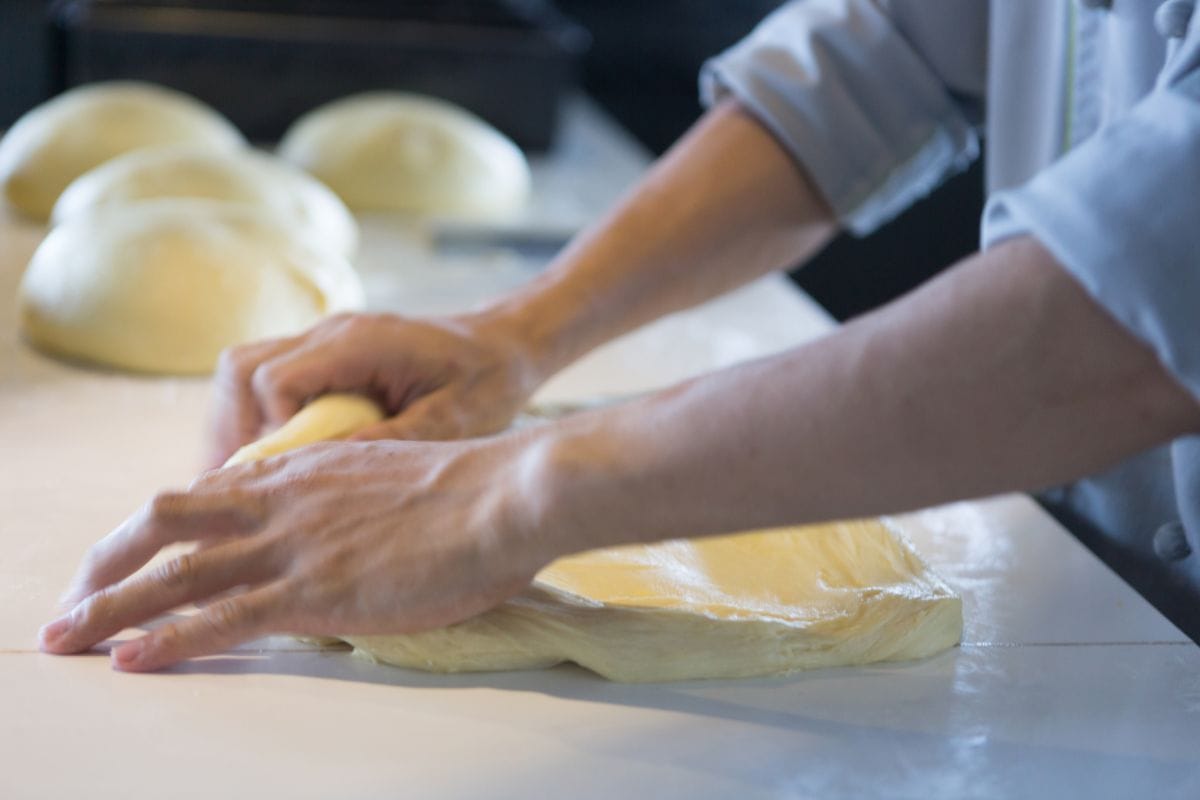
Using a high gluten flour, or hard wheat flour can make your bread chewy. In addition, if you don’t knead or proof your dough, this can cause it to become chewy and heavy bread.
How To Make A Light And Fluffy Loaf Of Bread?
It is quite simple to make light and fluffy bread. It’s all about how you knead the bread and let the bread rise. Then you can bake it.
Ideally, you want to use bread flour and instant yeast to create fluffy bread. However, you can also add dough enhancers such as vitamin C or lecithin.
Although, you should be careful how many add-ins you put in. As long as all your ingredients are fresh, and you follow your recipe carefully, then you should be able to produce a fluffy loaf of bread.
Dense Bread From Bread Machines
It is common for people t nowadays to make bread in a bread machine. Yet you can still create dense and heavy bread from a machine.
Whether you use a bread machine or a stand mixer to create your bread. You are in still in charge of how long the dough remains in the machine.
Therefore, you control how much it is kneaded and proofed. Therefore, you can still create a dense loaf with a machine.
Conclusion
Everyone loves homemade bread and the smell of baked bread, however, it is easy to create dense bread. A dense bread can be due to multiple factors, such as how much you kneaded the dough and the type of flour or yeast that has been used.
Also, you should be careful how much you add to your dough, like fruit or chocolate, as this can make the dough heavy and create dense bread.
We hope you now understand why your dough may be dense, and how you can fix it next time you want to do some bread baking to create the perfect bread.

